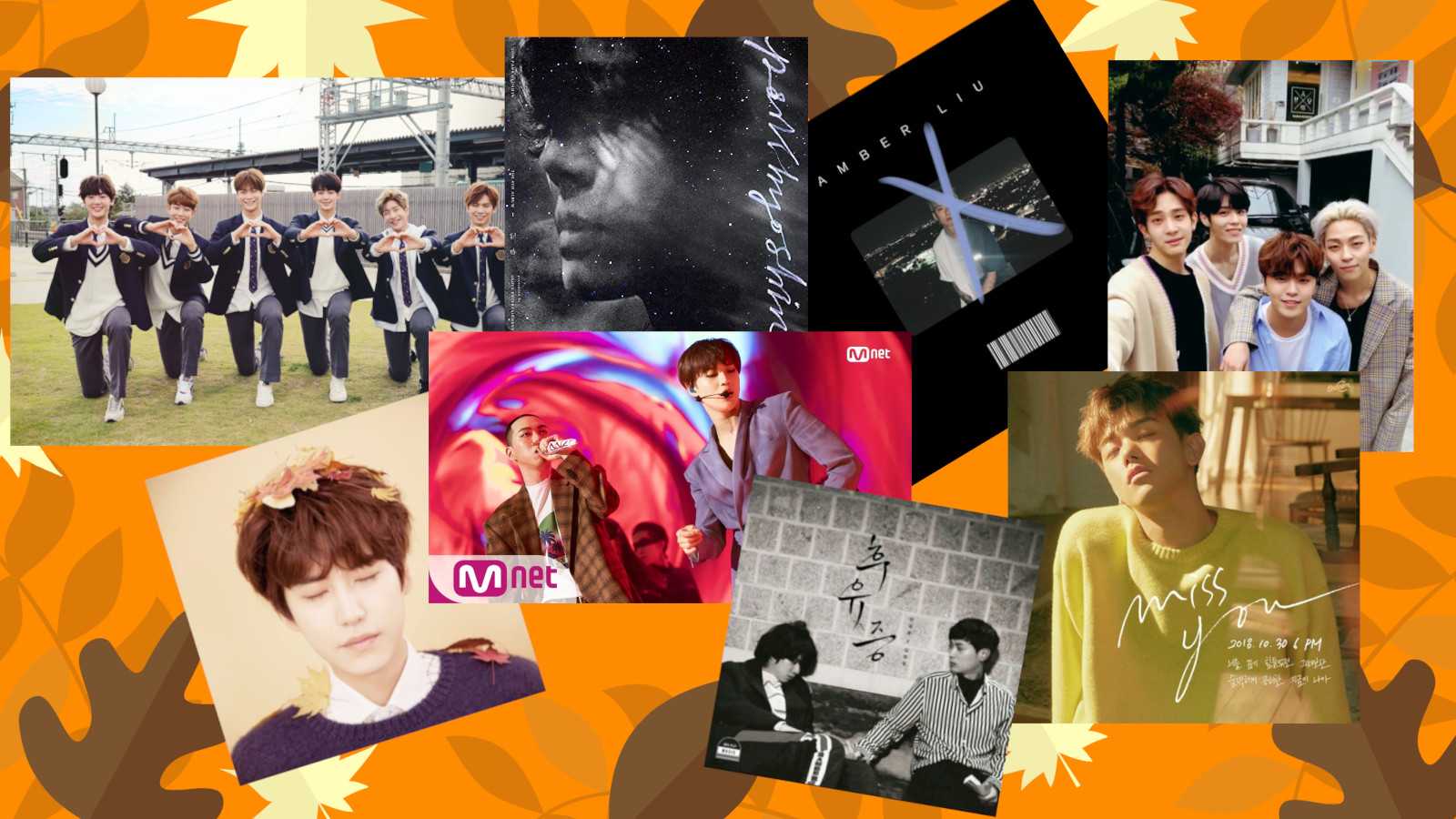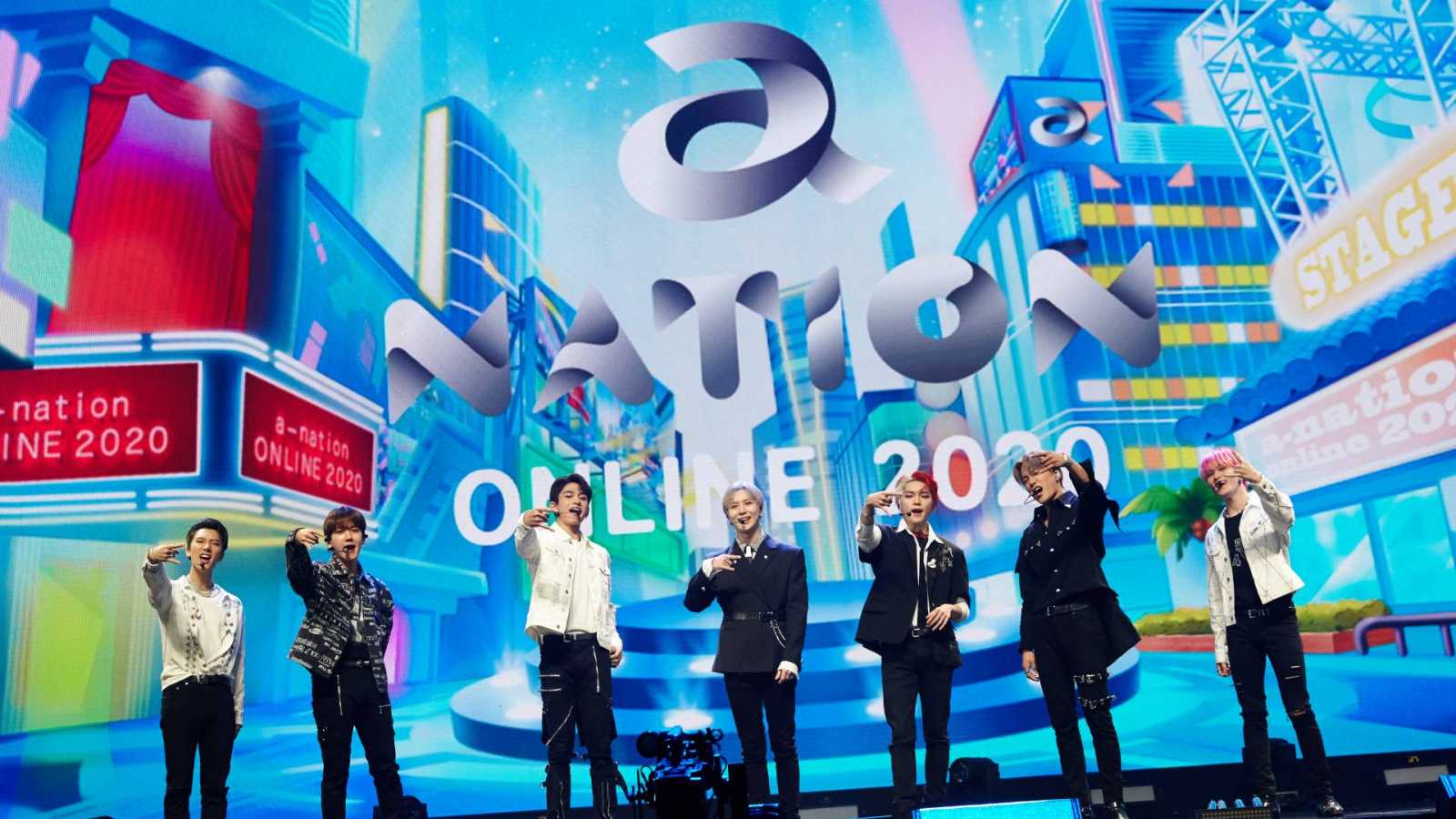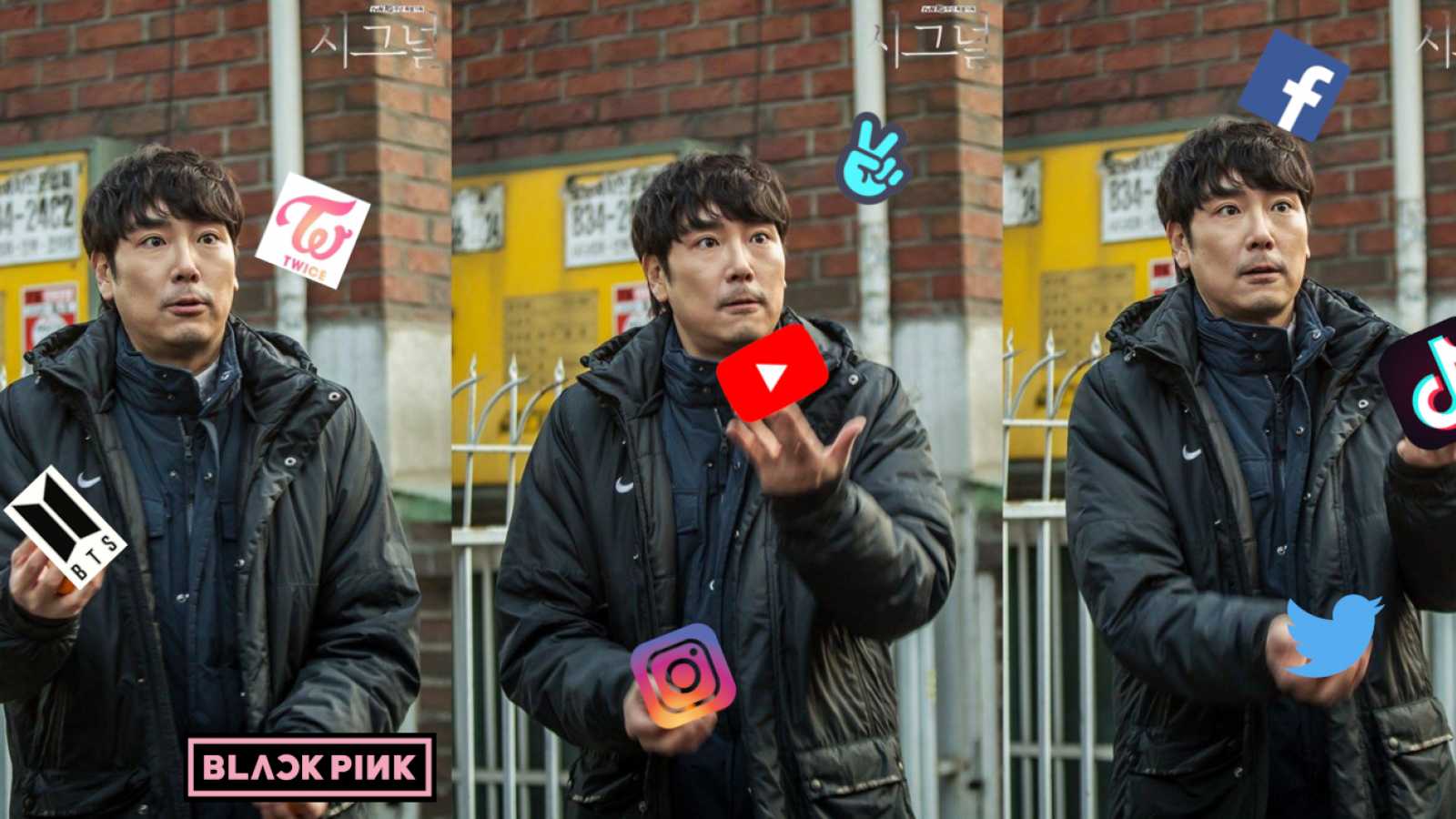Join us in the sixth installment of the Globalizing Visual Kei Web-Series as JaME learns about the experiences of musicians who have worked both within the scene and as members of visual kei bands.
During the research process of this web-series, I had the opportunity to interview several musicians who have experience working either in visual kei bands or alongside other musicians who dabble in that scene. The following are excerpts from their interviews.
Kaytea Miyagi
Kaytea Miyagi, a bassist who has performed in both the United States and Japan for a number of years, experienced visual kei first hand during her time in moko. Following her work with the band, she continued to write lyrics for other Japanese bands as well as perform in the Tokyo "yankee rock" band 4649 [yoroshiku].
Why is visual kei generally described in a negative light in Japanese society?
Kaytea: Although this is pure speculation on my part, I think a lot of it stems from the fact that visual kei is just that: visual. As a genre, music is not the main focus, and I think that for "real" musical connoisseurs, it's just a bunch of guys wearing make-up and not putting the music first, even though many visual bands are musically trained. In the same way that idol groups sell based on their looks more than singing ability, I think that visual kei is judged in a similar manner. I think visual kei is seen as more of a transitional musical genre, as in it's normal for girls between the ages of 13-20 to like, but when those fans become adults, many will "graduate" and move on to a more suitable genre.
When do you think visual kei evolved into the neo-visual kei era?
Kaytea: I think DIR EN GREY’s crossover into the United States had a lot to do with it. The bands they supported were the complete opposite of standard visual kei line-ups in Japan, in every possible way. They faced fans of other bands who bullied them through the first few dates of their tour, but they emerged recognized not only as a Japanese visual kei band, but as a band who could handle an American audience--not the typical convention crowd. When mainstream music and the visual scene collided, I think that opened a lot of doors for other artists.
Why do you think visual kei has remained a sub-culture around the world despite its rapid globalization in the past decade?
Kaytea: Honestly, I think that while the visual impact and musical style have gained more global acceptance in the last decade, the language barrier still holds the scene back from further success. In addition, it is very much a uniquely Japanese scene, and despite popularity, it can only be emulated to a certain degree by foreign fans before it stops being visual kei and starts to become more traditionally goth, punk, etc. In that way I think the visual kei scene will always remain very Japanese, no matter how popular it gets worldwide. That's actually part of what keeps it appealing.
Why did you choose to be in a visual kei band instead of a regular rock band?
Kaytea: While I wouldn't say I chose to be in a visual band specifically, the style of music and visual appeal were both aspects that drew me to the band I became a part of. I really enjoyed having a very technical side, but also a very theatrical side as well. Anyone can play an instrument well if they practice, but I think it takes a different kind of skill to present yourself as a specific entity, which will ultimately be what draws fans to you, whether you like it or not.
Can you tell us about your time in a visual kei band?
Kaytea: I was in the right place at the right time, and ended up connected with a very well-known visual guitarist. He introduced me to a friend of his who was looking to put a new unit together. The first time I heard the music, it really blew me away. It wasn't the standard visual kei sound...it actually had some American rap-rock sounds to it, and I immediately wanted in. At the time, it was very rare to have a foreigner, especially a female, in a visual band, and there was a lot at stake, especially since many visual kei fans can be very territorial and unforgiving when it comes to women being involved. I had played mostly guitar my teenage life, and while I'd messed around on a bass prior to joining this band, I had no idea how far below square one I would be starting from, or how much I would have to practice to even be considered acceptable to stand onstage and perform. In this way, my preconceptions of the genre really changed, because these were real musicians at work...people who truly earned the right to be called such. My hands bled from practicing so much!
I performed with them a few times in Tokyo and Nagano between 2003-2004, but ultimately visa issues kept me from working with the band for the following year, and despite them waiting for my return, we made the mutual decision to part ways just before major debut. We still keep in touch and they have my full support, but naturally I have those moments where I wonder what could have been...they're so successful both in Japan and worldwide, and it would have been interesting to see how that ride would have been had we stayed together. I wish them all the best.
Did you encounter any criticism from fans or other band members (Japanese or overseas) for being a non-Japanese person in a visual kei band?
Kaytea: In Japan, it actually opened a lot of doors to work in various areas with different artists, and was only ever an issue if I was seen by the more devoted fans of one of the member's previous projects...there were rumors and photos hacked and leaked onto Japanese message boards, which caused quite a stir, even though it was after I had left the country!
Mostly, non-Japanese fans either didn't believe I had anything to do with said band, or that I had slept with x or y person to get there. That was actually the most hurtful, because I never did such a thing to begin with, and put in more blood, sweat and tears than I had put into anything at that point in my life. I had the right look and attitude and ran into the right person at the right time, and it really doesn't get any simpler than that.
What was the most frustrating thing about being in a visual kei band?
Kaytea: Being told to diet even though I was at close to my thinnest! It gets into the typical entertainment industry issues: 'the camera adds 10 pounds', 'you need the strength to make it through a 3-hour show someday', and my personal favorite, 'we want you to be fit like Britney Spears'. In addition to practicing alone in the studio for 4-6 hours a day, I was waking up and going to the gym for three hours a day, too. Also having to cover up my face when I would go to major visual bands' lives. Hiding made me feel like I really was doing something bad, even though I wasn't, but there were issues of being seen at a live of a band who was under rival management, fans getting the wrong idea...you name it. I rarely got to enjoy shows anymore, and that had always been a passion of mine. It was suddenly all about sitting in VIP seating and looking bored for the duration of someone's live.
Can you tell us about some of the "ugliness" that went on behind closed doors of the visual kei scene regarding bands, companies, etc?
Kaytea: Believe me when I say a lot happened behind closed doors. I had gotten married in my time being away from Japan, and had sent wedding photos to the members of my band. Despite it being one of the happiest days of my life, it was met with, “wow, Kaytea got fat. She'd better lose that before she comes back, or she's out.” I was also told by the head of my band's management that I was replaceable, and should stay in the USA and be in a girl band “like Joan Jett” when I met them at an American event for another artist managed by the same group.
I also had my existence in the band erased completely once I made the final decision to leave, which other Japanese support members didn't have to go through. I was suddenly treated as a black sheep and to this day, only people who either saw me play with them personally or knew through people affiliated with the band actually knew the story of how the band started. I don't expect anything from anyone, but I think history is history, and it was sad to have what I built with them taken away so swiftly. But that's all part of the process, really.
How successful were most of your events? What was your most successful event?
Kaytea: When I was a part of the band, we were still in our growing stage, with few songs to offer, so we only played small lives wherever there wouldn't be too many people we knew. Our last live had a turnout of about 40 guests--our guest list always surpassed the actual amount of people who knew of us--but we played to around 300 people at Roppongi Y2K in our last live together. Spiky [ex-Gacktjob] happened to be playing the same event, and for whatever reason, we ended up headlining. It was a happy accident, I guess! Mostly people affiliated with other members of the band, and their band members at the time.
Did you learn anything specific from other Japanese bands and/or Japanese event organizers about how to be a successful visual kei band? Is there anything specific you think overseas organizers should know?
Kaytea: Behaving yourself. Scandal affects visual kei bands in the same way it affects pop idols with no girlfriend/boyfriend policies intact. Where it's very rare to see a photograph of a fan with a famous visual band online in Japan, it's very common to see photos taken at overseas events. I think it's treated differently on non-Japanese soil, but it surprised me when I first saw a slew of photographs from certain US events online. Mainly, I think it's important that overseas organizers employ proper interpreters for artists who play here, as someone who's familiar with anime but not at all familiar with giving specific information in a foreign language is not very useful!
Do you have a message for your fans?
Kaytea: Thanks to everyone who supported me as I made my way into the complex universe that is known as the Japanese music industry, and my work with [a]narchy after my departure from moko!
____________________________________________________________________
Mr. A
Mr. A has worked extensively in the Japanese music scene through a variety of rock genres including visual kei. Today he is still active in the scene but no longer participates in visual projects.
Do you think sex appeal accounts for any of a band’s following? Why?
Mr. A: I think it does, a lot of my friends and band mates would have "girlfriends" who would give them money and gifts if they slept with them. I never had any because my image was less girly and more crazy Manson-like. Did I want one? Yes! I used to ask if people could hook me up but it never really happened.
Why do you think band members choose to be in a visual kei band instead of a regular rock band?
Mr. A: I think for us it was because we were living in a time where visual kei was sort of having an effect on Japan since X JAPAN was so popular. Personally, I decided to do visual kei to become different (as in a different persona/character). I was able to say things I normally wouldn't without make-up and it helped my confidence a lot.
Why do you think many visual kei bands who go major stop dressing up and wearing makeup?
Mr. A: I'm not sure. Maybe they're sick of it or it's just to sell more. In my case I quit because the live houses we perform at didn't have a make-up room and I was sick of doing my make-up in the car. Admittedly, visual kei is extremely intimidating to the greater population so they're likely to sell more if they can cater to other people.
What are your thoughts about visual kei music going global rather than remaining an underground scene within Japan?
Mr. A: I think it's good. Cause it's Japanese culture and if other people decide to start their own visual kei bands they are spreading that culture. That's a good thing, but I don't like it if they use the appearance to cover up their own inexperience.
As visual kei music becomes increasingly globally accepted, do you think it will become more accepted within Japan? Why?
Mr. A: I don't think it will because Japanese people are more judgmental when it comes to appearances. For example, even now tattoos are considered a sign of organized crime and you can't go to a public bathhouse or swimming pool if you have one. Although it's just one tattoo and you're not a criminal, the very image of somebody with a tattoo is not good in the eyes of a lot of people.
____________________________________________________________________
girugamesh
girugamesh is a popular visual kei band that has swept the world with their music which is infused with hard rock, electronics, and more recently, pop and rap. We recently met girugamesh during their latest United States tour; the following interview contains excerpts from that as well as previous discussions we have had with them regarding the visual kei scene.
Let’s talk about visual kei for a moment. Many fans seem to be divided on whether visual kei is primarily an underground music scene or something mainstream. As a visual kei artist, what is your opinion on this?
ShuU: The indies and major movement has happened in Japan too. As we grew as musicians, our main goal in music was to become famous. When we were younger, our dream was to come out in front of audiences on TV, and stuff like that. I don’t know how some people will take this but we hope someday we will become more mainstream. However, right now visual kei is still mostly underground.
Some fans have recently said they feel artists like Lady Gaga and Tokio Hotel are just some among many emulating visual kei style. What do you think about this?
ShuU: Lady Gaga is very popular in Japan, she has hit the charts in Japan, but I heard from German visual kei fans that they are questioning Tokio Hotel’s visuals. The good thing is that they are giving visual influence to other countries.
Do you consider those artists to be visual kei?
ShuU: Lady Gaga... is different, huh.
Satoshi: Yeah, it’s different...
ShuU: She is not visual kei. As for Tokio Hotel, I heard they have visual kei influences but, they’re not really popular in Japan yet, so it’s hard to tell.
Do you think visual kei is a distinct Japanese style?
(band discusses among themselves)
ShuU: Visual kei started from bands such as KISS and Marilyn Manson’s glam rock make-up influence. When people start calling bands in other countries visual kei, it becomes very difficult to distinguish.
In the same visual kei vein, there have recently been debates as to whether visual kei is a music scene within itself, or a fashion style of J-rock. What do you think?
ShuU: Fashion, maybe. (Nii nods) The music itself sometimes is in different categories, such as J-rock and J-pop, so I think it is fashion.
When we interviewed you back in 2009, ShuU-san said that there was still some discrimination against visual kei in Japan and you would like to change that. Is there any change yet in your opinion?
ShuU: There are still many negative perceptions of visual kei. For example if you look at Marilyn Manson in the US: he's a very popular artist with many fans but the majority of people think that he's really strange. That's the case with visual kei as well. But I still have a very strong will to change this view with our music.
____________________________________________________________________
Milkjamjuice
Milkjamjuice is a vocalist who personally participated in non-visual kei bands but worked alongside visual artists during performances. Additionally, she helped visual musicians with their side projects, which gave her a good insight into precisely how this industry worked.
Why do you think band members choose to be in a visual kei band instead of a regular rock band?
Milkjamjuice: Because visual kei is a quick hit or miss way to get a cult following and cult-like fans who spend large amounts of money on said band. No other fan base can get quite as obsessive and loyal and therefore willing to spend lots of money and time on a band or member. Many visual kei members are already hosts or aspiring hosts who have a knack of offering a promise of some kind of "potential," which keeps fans wanting more. These fans are presented with this promise and are given a little more attention the more they invest in the band. Successful visual kei members are those who know how to play the game. Get the fans hooked, satisfy them...but then always leave them screaming for more, but business is business. Getting personal with fans can often be disastrous for that relationship because getting personal with a fan has a few results. One, fan becomes personal friend (bad side: no longer invests money in band.) Two, fan becomes girlfriend (this can be a mitsu end or a band end.) Three, fan becomes resentful (aka no more money.) Hence, members usually steer clear of getting "too" close.
Can you share any stories of negative experiences you may have endured, either from being in costume or discussing your profession with friends, colleagues or family?
Milkjamjuice: The most negative thing was rejection from my family. My family does not view music as a valid living and they see it as a destructive pass time for me. Each time I talk to my mom she asks me "Have you stopped playing yet?" I previously had an extremely nasty fallout with my main senpai hence why my parents reject music. However, almost two years later, my senpai and I are becoming friends again even though we're walking on egg shells. This is a rare thing in the Tokyo scene. People who got burned in this scene are generally shunned by entire communities of musicians.
Are most visual kei bands excited to have western fans at their shows, or do some have hesitations? Why or why not?
Milkjamjuice: Visual kei bands love foreign fans. It's kind of like a status thing. When you have foreign fans it means "someone else is paying attention to us!!" Japanese fans will then get resentful in most cases and then shun foreign fans if they don't abide by the strict ass bangya code of conduct. Foreign fans will rarely ever reap the benefits like standing saizen "first row" from abiding by this either. The best way to get it good with the Japanese bangya is to SPEAK Japanese, study humor, study bangya culture and participate in "uchiage," drinking parties, then make an outward effort to befriend Japanese bangya. Gyao, or the guys however are generally not resentful of your presence and are therefore much easier to get along with. Of course, attitudes differ with scene and band.
Finally, do you have any other thoughts or experiences you'd like to share?
Milkjamjuice: I wouldn't be surprised to see either 1) visual kei go almost extinct or 2) Have some kind of very drastic image makeover in the next few years. With the shitty economy those formally very disposable incomes have dried up. Fewer people can afford to buy polaroids and trinkets of their favorite members for 500 yen* a pop. Visual kei has got to change in a major way or it's going to go extinct because of the very nature of its indulgent culture.
*500 yen is $6.00 or EU4.00.
Next Week …
JaME would like to thank each of the musicians who accepted interviews for this webseries.
Join us next Sunday, as we explore the connection between visual kei and anime, as well as the use of anime conventions over the years.
____________________________________________________________________
[1]Kaytea Miyagi, E-mail interview with author, March 8, 2011.
[2]A-san, E-mail interview with author, March 1, 2011.
[3]“Interview with Girugamesh in Fairfax, Virginia”, JaME, April 29, 2011,
http://www.jame-world.com/us/articles-74933-interview-with-girugamesh-in-fairfax-virginia.html
“Interview with Girugamesh in Saint Petersburg, Russia,” JaME, May 25, 2009, http://www.jame-world.com/us/articles-49376-interview-with-girugamesh-in-saint-petersburg-russia.html
[4]Milkjamjuice, E-mail interview with author, April 19, 2011.




















